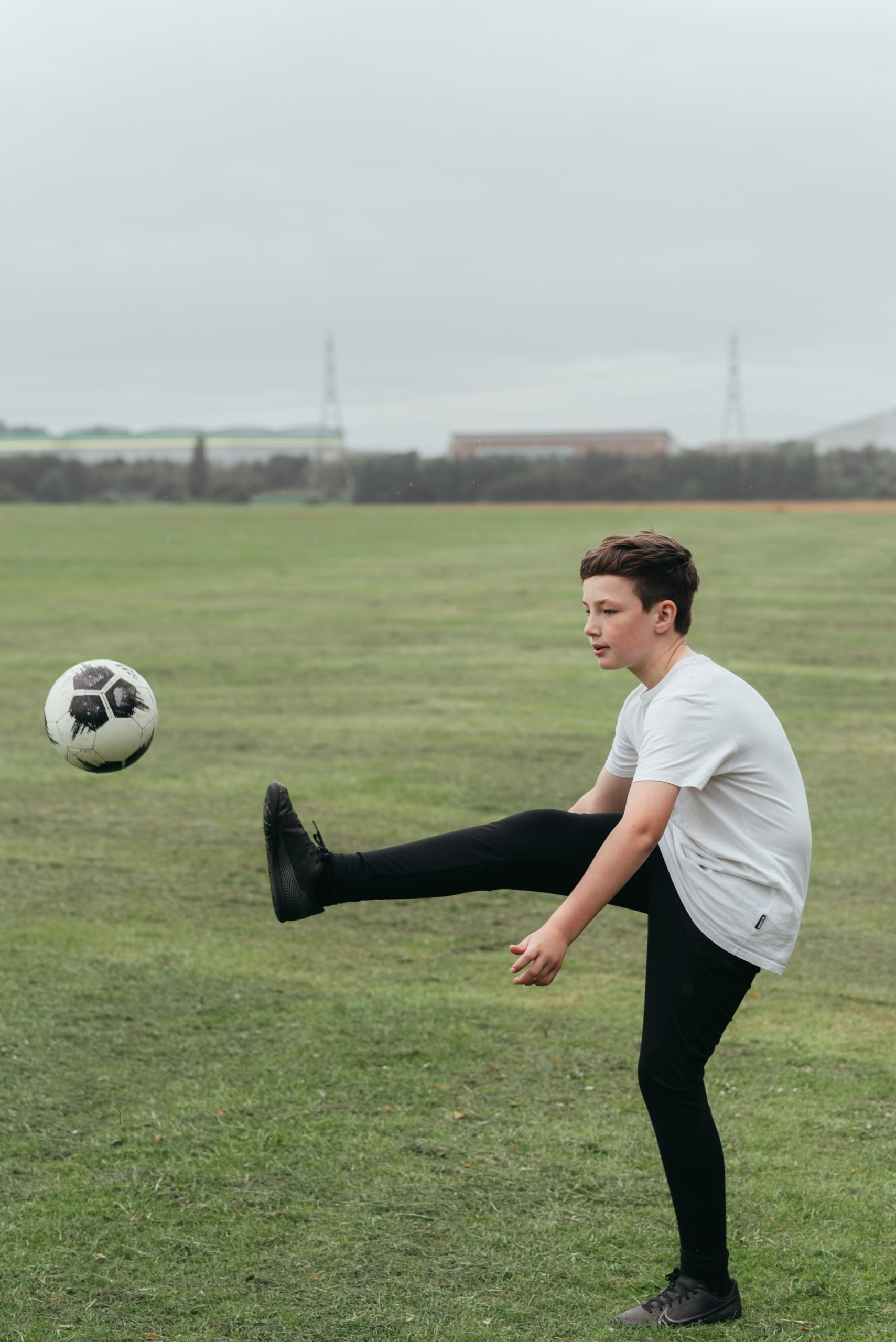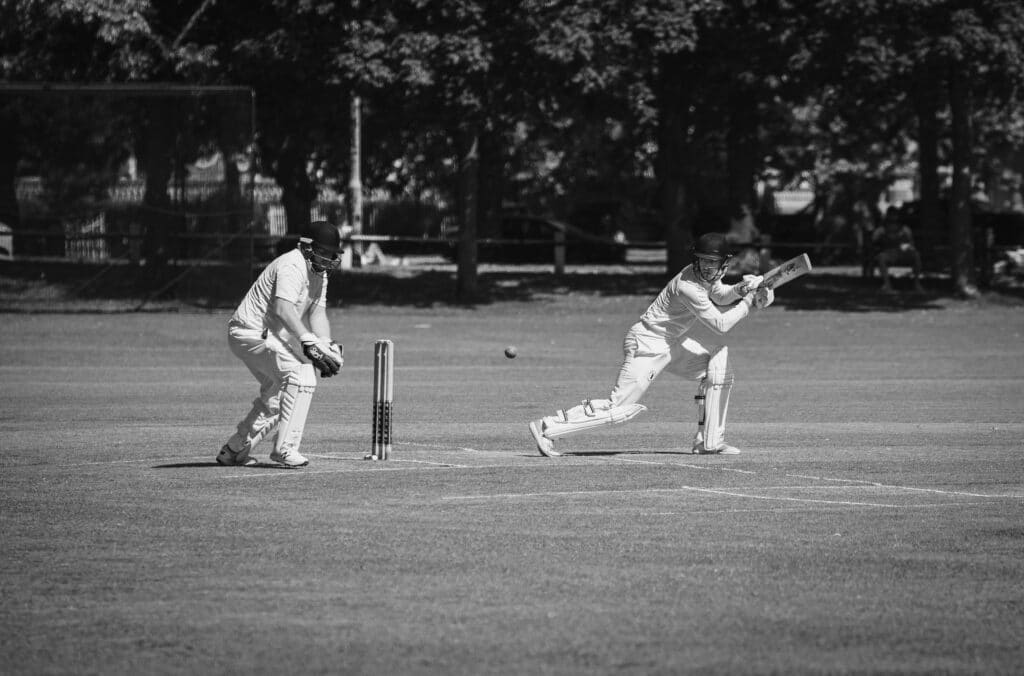What we’ll cover
Growing pains affect millions of children and some adults, causing confusion and concern for families worldwide. This comprehensive guide explores everything you need to know about growing pains from preschoolers to adults, helping you understand when discomfort is normal and when professional attention may be needed.
Overview of Growing Pains
Growing pains represent musculoskeletal discomfort that commonly occurs during periods of rapid growth and development. Despite their name, these aches aren’t directly caused by bones growing, but rather by the stress placed on muscles, tendons, and ligaments as the body adapts to developmental changes.
Understanding the Myths vs Facts
It’s important to understand that not all pain experienced by growing children qualifies as “growing pains.” True growing pains have specific characteristics that distinguish them from other conditions. They typically occur primarily in the evening or at night, affect both legs symmetrically, don’t cause limping or interfere with daily activities, and respond well to comfort measures like gentle massage or heat application.
Location matters significantly when identifying growing pains. While legs and knees are the most commonly affected areas, some children experience discomfort in other parts of their body. However, pain that occurs during the day, affects joints, or is accompanied by other symptoms like fever or swelling may indicate conditions that require medical evaluation.
The key distinction is that growing pains are benign, temporary, and don’t cause lasting damage or developmental issues. They typically resolve on their own as growth phases complete, though the timeline can vary significantly between children.
Growing Pains in Preschoolers
The preschool years (ages 3–5) mark when many parents first notice their child experiencing unexplained aches and discomfort. This developmental stage is particularly common for growing pains as their bodies undergo rapid changes in height, weight, and muscle development.
Parents often describe scenarios where their previously active preschooler suddenly complains of leg pain at bedtime, or a child who was sleeping soundly now wakes up crying about discomfort. These episodes can be distressing for both children and parents, especially when they occur repeatedly over weeks or months.
The good news is that growing pains in preschoolers are extremely common and usually benign. However, monitoring symptoms and understanding when to seek medical advice remains essential for your child’s health and your peace of mind.
Symptoms
Night-time leg aches represent the hallmark symptom of growing pains in preschoolers. These typically occur 1-2 hours after bedtime when children are settling down for sleep. The pain is often described as deep, aching sensations in their calves, shins, or the area behind their knees.
Children experiencing growing knee discomfort may complain that their knees feel “tight,” “heavy,” or simply hurt without any visible signs of injury or inflammation. Unlike injuries, there’s typically no swelling, redness, warmth, or tenderness to touch.
Restlessness and sleep disruption often accompany the physical discomfort. Children may toss and turn, seek comfort from parents, or have difficulty returning to sleep after pain episodes. Some children become quite distressed during these episodes, which can be emotionally challenging for the entire family.
Causes
Several factors contribute to growing pains in preschoolers. Rapid bone growth during this developmental stage can create temporary imbalances between bone length and the surrounding soft tissues. While bones grow relatively quickly, muscles and tendons need time to adapt and lengthen accordingly.
Increased physical activity common in energetic preschoolers can strain developing muscles and joints. Running, jumping, climbing, and other high-energy activities place additional stress on growing bodies that may not yet have developed the strength and coordination to handle these demands efficiently.
Muscle fatigue from daily activities may accumulate throughout the day, particularly in active children who push their physical limits during play. Additionally, some research suggests that growing pains may have a genetic component, as they often run in families.
Treatments
Effective treatment for preschoolers focuses on comfort measures and symptom management. Gentle massage of affected areas often provides immediate relief, helping to relax tense muscles and improve circulation. Parents can use light pressure and circular motions, making the experience soothing rather than therapeutic.
Heat application through warm baths, appropriately heated pads, or warm compresses can help soothe aching muscles. Always ensure temperatures are appropriate for young children and supervise any heat application closely.
Simple stretching routines designed for preschoolers can help maintain muscle flexibility and may reduce the frequency of episodes. These can be made fun through games, songs, or storytelling to encourage participation.
For severe episodes, pain relief medication may be appropriate. Always consult your pediatrician about appropriate dosages of acetaminophen or ibuprofen for your child’s specific age and weight.
Growing Pain in Teenagers
Teenagers face unique challenges with growing pains as their bodies undergo dramatic growth spurts that can stress muscles, tendons, and joints more intensely than younger children experience. The adolescent growth phase often brings the most pronounced growing pains due to rapid height increases and significant hormonal changes affecting bone and muscle development.
The combination of sport and physical activity with natural growth processes can amplify discomfort during these phases. Teen athletes often experience more pronounced symptoms due to the dual stress of growth-related changes and athletic demands on their developing bodies.
Symptoms
Growing pains in teenagers tend to present differently than those experienced by younger children. Knee and leg pain becomes more localised and can be quite intense, with adolescents often describing deep aching in their quadriceps, hamstrings, or around the knee joint itself.
Post-activity tightness becomes particularly noticeable as teenagers engage in more demanding physical activities. The combination of growth-related muscle tension and exercise-induced fatigue can create persistent discomfort that affects their daily activities and sleep quality.
Many teenagers also experience morning stiffness alongside night-time discomfort, often waking up feeling like their legs are “heavy” or difficult to move initially. This can impact their motivation for physical activity and overall quality of life during growth periods.
Causes
Rapid skeletal growth during puberty creates the most significant stress on the musculoskeletal system. The long bones of the legs can grow faster than the surrounding soft tissues can adapt, creating tension and discomfort.
Hormonal influences during adolescence significantly affect bone density, muscle development, and tissue flexibility. Growth hormone surges can create periods of rapid change followed by adaptation phases that the body struggles to keep up with.
Athletic participation intensifies growing pains as sports activities place additional demands on already-stressed growing tissues. The repetitive movements and physical demands of sports can exacerbate the natural discomfort of growth phases.
Treatments
Comprehensive treatment for teenage growing pains requires more sophisticated approaches than those used for younger children. Targeted stretching programs should focus on major muscle groups affected by growth, including hip flexors, quadriceps, hamstrings, and calf muscles.
Proper hydration becomes crucial as teenagers often have inadequate fluid intake, which can affect tissue health and recovery. Encouraging consistent water consumption throughout the day can help reduce symptom severity.
Recovery tools such as foam rollers, tennis balls for self-massage, and appropriate use of heat and cold therapy can help teenagers develop independence in managing their symptoms.
Professional guidance through physio-led strengthening programs can address muscle imbalances that develop during growth spurts while ensuring exercises are appropriate for growing bodies.
Growing Pains in Adulthood
While growing pains typically resolve after adolescence, some individuals continue to experience similar symptoms into adulthood. These cases challenge traditional understanding and require careful evaluation to distinguish between true growing pains and other conditions that may present similarly.
Symptoms and Causes
Adults may experience recurrent night-time leg aches that mirror childhood patterns but tend to be more localized and specific. These symptoms often correlate with changes in physical activity, training intensification, or major life transitions.
Muscle imbalances developed over years of specific movement patterns or occupational demands can create conditions similar to childhood growing pains. Previous injuries may also contribute to reactivation of familiar pain patterns.
Treatments
Adult treatment requires professional assessment to identify underlying causes and develop appropriate interventions. This may include manual therapy, targeted exercise programs, and lifestyle modifications to address contributing factors.
Specific Areas of Concern
Knees
Knee growing pains are among the most common complaints, as this joint bears significant stress during growth phases. Management includes gentle stretching, appropriate activity modification, and comfort measures during symptomatic periods.
Neck
Any growth or pain in the neck area requires immediate professional evaluation, as this rarely represents typical growing pains and may indicate conditions requiring specific medical attention.
General Pain
Some children experience discomfort that moves between different body areas. While this can be part of normal growing pains, consistent monitoring helps ensure symptoms remain within expected patterns.
Growing pains, while uncomfortable, represent a normal part of development for many children. Understanding their characteristics, appropriate management strategies, and when to seek professional help empowers families to navigate these challenges with confidence while ensuring optimal care for their children’s health and development.
If your child is experiencing growing pains, contact our friendly team or book online today.


